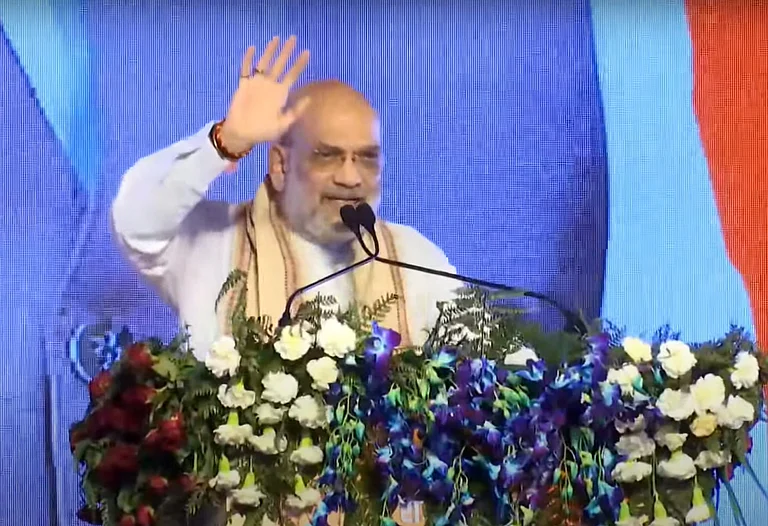As the vibrant hues of summer fade into the cooler tones of fall, it's not just the crisp air and pumpkin-flavoured treats that signal the change of seasons. The end of daylight saving time is just around the corner, and it's time to prepare for the annual time shift.
In 2024, daylight saving time will end on Sunday, November 3. At 2 am on this date, clocks will be set back one hour, effectively giving everyone an extra hour of sleep. This adjustment is part of the transition from daylight saving time to standard time, which will last until the next spring.
What Is Daylight Saving Time?
Daylight saving time (DST) involves setting clocks forward by one hour in the spring to extend evening daylight. This practice is often summarised by the phrase "spring forward, fall back." The idea behind DST is to make better use of daylight during the longer days of summer.
The concept of DST was first introduced by Germany on May 1, 1916, during World War I, as a way to conserve fuel. The practice was soon adopted by other countries, including the United States. In the U.S., DST was formally established on March 19, 1918, but it was abolished after World War I. It was reinstated during World War II and became standard practice with the Uniform Time Act of 1966, which set the rules for DST across the country.
Under the Energy Policy Act of 2005, DST in the U.S. starts on the second Sunday in March and ends on the first Sunday in November. This schedule was adjusted to provide more daylight during the evening hours, benefiting various activities such as shopping, sports, and outdoor recreation.
The practice of shifting time has evolved over the years. Initially, DST began on the first Sunday in April and ended on the last Sunday in October. The current schedule was adjusted to extend the duration of DST, partly to accommodate more daylight for Halloween trick-or-treating.
Benjamin Franklin is often humorously credited with the idea of DST due to his 1784 essay on the benefits of waking up earlier to save on candle use. However, the modern implementation of DST was driven by energy conservation needs during wartime rather than Franklin's suggestions.
Impact On Daily Life
The transition from DST to standard time means shorter days and longer nights. The autumnal equinox, marking the official start of fall, occurs on September 22nd this year. From this point onwards, days will continue to shorten until the winter solstice, which occurs around December 21st.
For many, this change can affect sleep patterns and daily routines. The extra hour gained in the fall is often welcomed as a chance to rest, but it can also disrupt circadian rhythms, leading to temporary sleep issues. It’s helpful to gradually adjust your sleep schedule in the days leading up to the time change to minimise these effects.
Once daylight saving time ends, the days will continue to grow shorter until the arrival of winter. This period can be a good time to embrace cosy indoor activities and prepare for the colder months ahead.
In the spring of 2025, daylight saving time will begin again on March 9th. As the clocks "spring forward," you’ll get to enjoy longer daylight hours, signalling the approach of warmer weather and more daylight for outdoor activities.



























